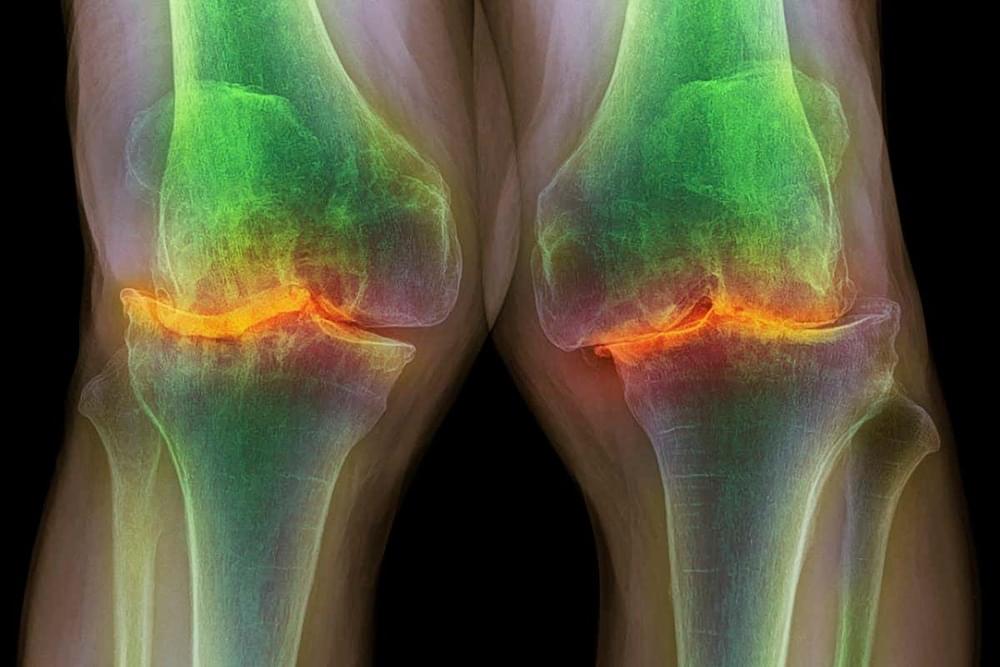The Grand Cherokee 4xe plug-in hybrid goes on sale soon, with 4-wheel drive standard.
It’s good news, bad news time at the Jeep division of Stellantis, formerly FCA, formerly Daimler Chrysler, formerly Chrysler Corporation. The 4xe plug-in hybrid version of the popular Grand Cherokee will go on sale this spring. According to Autoblog, buyers will have 5 trim levels to choose from — base, Trailhawk, Overland, Summit, and Summit Reserve.
The Grand Cherokee 4xe Good News
Every Grand Cherokee 4xe will come with the same basic powertrain — a 2-liter, 4-cylinder, turbocharged gasoline engine, a pair of electric motors, a total system output of 375 horsepower (280 kW) and 470 pound-feet (637 NM) of torque, and a battery pack that operates on 400 volts. The 4xe models will have a towing capacity of 6,000 pounds and a battery-only range of 25 miles. If you drive less than 25 miles a day, you could drive your Grand Cherokee 4xe on its daily appointed rounds and never burn a drop of gasoline — in theory.





